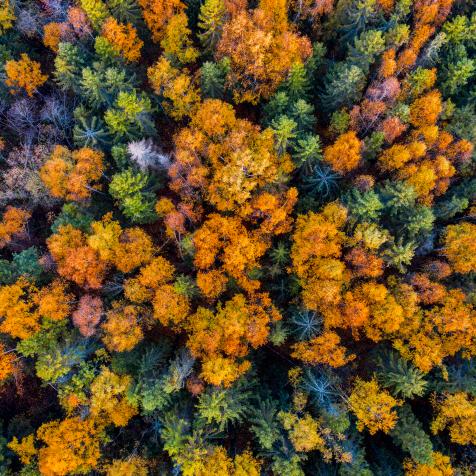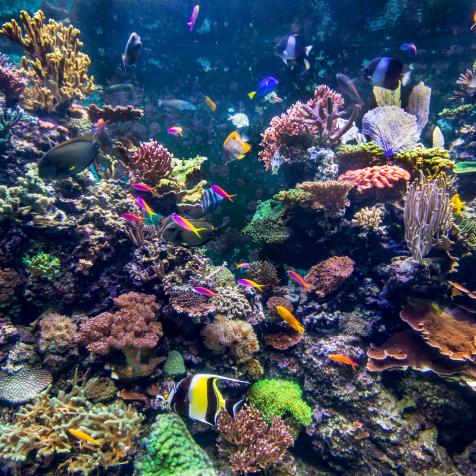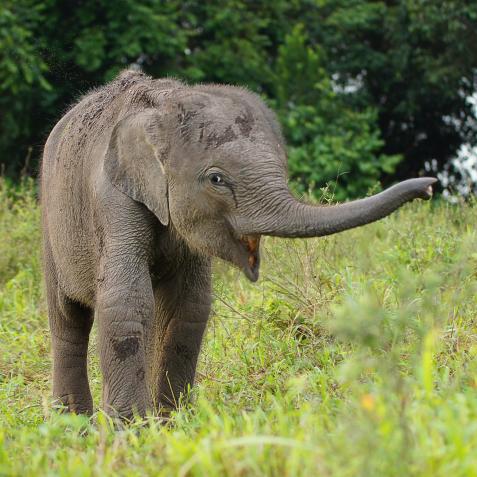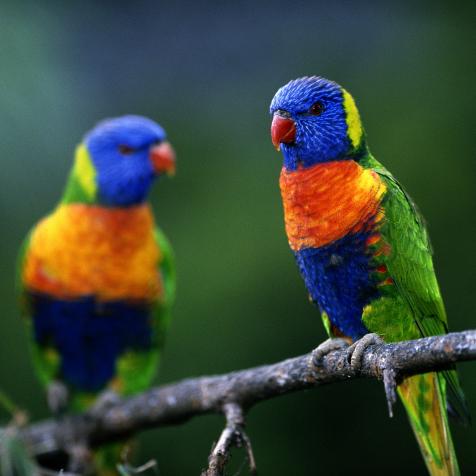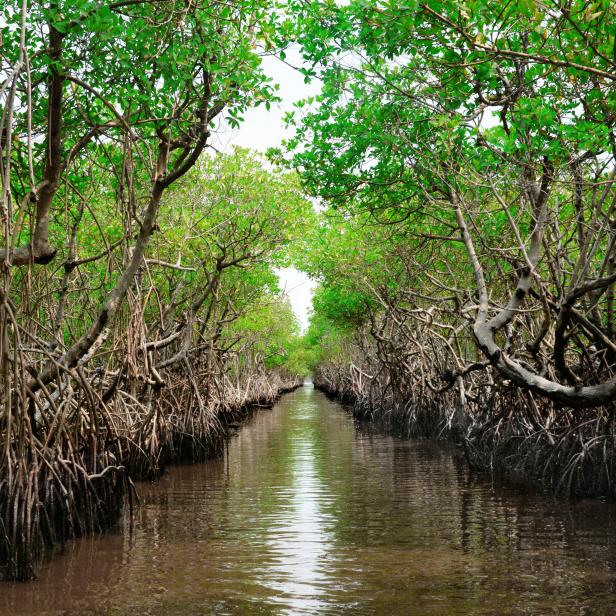
Marie Hickman
The World is Waking Up to the Importance of Mangroves
Mangroves are threatened by sea level rise, lack of sediment, and human activity. So why should we care?
They’re found around both tropical and subtropical shorelines, everywhere from Miami to Indonesia. And, they have a lot of benefits for both the planet and people.
In 2010, several mangrove species were in danger of going extinct, primarily due to coastal development, logging and agriculture, and climate change. Following a study by the Global Marine Species Assessment Unit (GMSU), 11 mangrove species were placed on The International Union for Conservation of Nature Red List of Threatened Species.
“The potential loss of these species is a symptom of widespread destruction and exploitation of mangrove forests,” Beth Polidoro, Research Associate of the GMSA at Old Dominion University and principal author of the study, said at the time.”
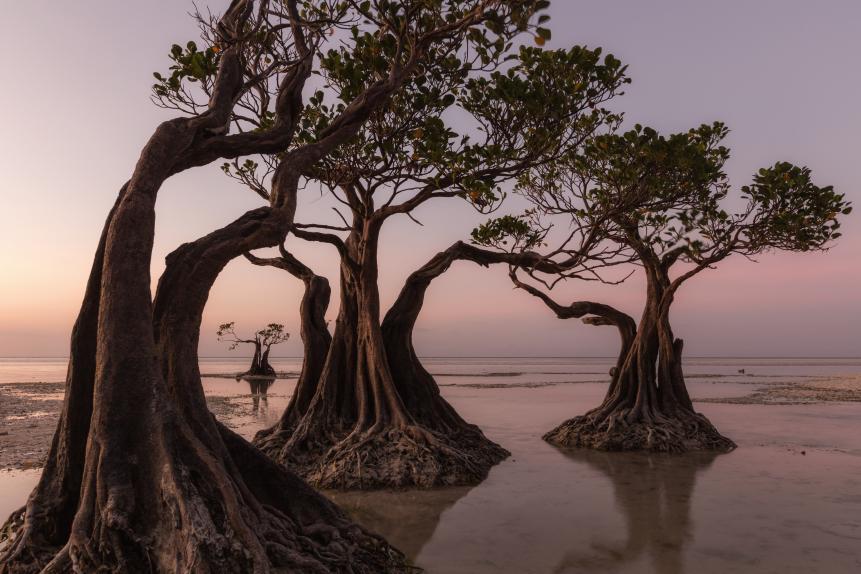
Afriandi
Mangrove trees at Walakiri Beach during sunset.
According to the American Museum of Natural History (AMNH), less than 50% of the world's mangrove forests remained intact at the end of the 20th century, and half of those were in poor condition. The museum called mangrove forests "among the most threatened habitats in the world," and called losses "rampant" across the globe.
“Mangroves form one of the most important tropical habitats that support many species, and their loss can affect marine and terrestrial biodiversity much more widely,” Polidoro added.
All mangrove trees grow in areas with low-oxygen soil, where slow-moving waters allow sediment to accumulate. They can be extremely beneficial for communities that live in low-lying areas, such as Miami, as they stabilize the coastline and reduce erosion from storm surges, currents, waves, and ties.
Miami’s rare mangrove forests have even been described as keeping the city afloat. City officials have begun monitoring the mangroves, after realizing what an important role they play in acting as barriers against hurricanes and form a stable coastline that shields against erosion and helps act as a natural seawall for tide swells.
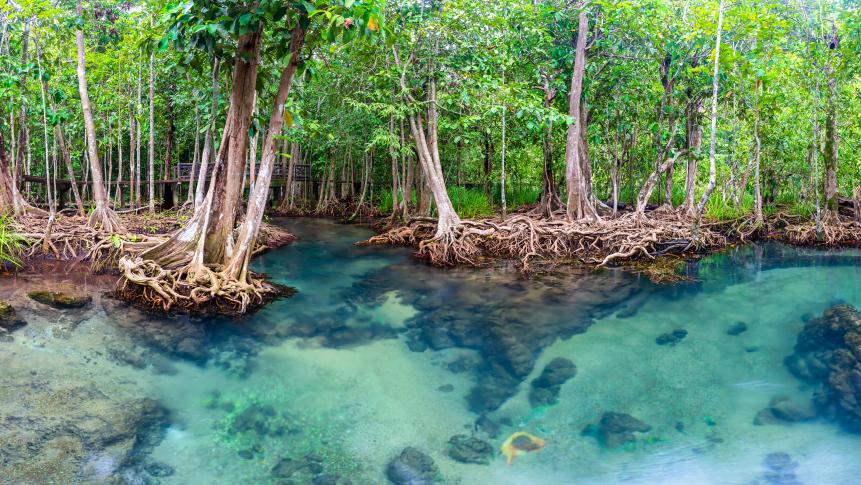
Pakin Songmor
Mangrove roots are highly complex.
The intricate system of mangroves — their roots are highly complex — also makes these forests attractive to fish and other organisms, bringing other species into the area, everything from one inch-long goby to 10 foot-long sharks.
They thrive in areas that other trees simply couldn’t tolerate because they can handle high levels of salt–they excrete it through their waxy leaves.
The largest amount of mangrove coverage is found in Indonesia, where 14,000 square miles of land is covered by trees, that’s more than twice the size of Jamaica and roughly the size of Vermont.
Not only are they good at protecting coastlines, though, which is increasingly important in the face of rising sea levels, but they do a great job at sequestering carbon.
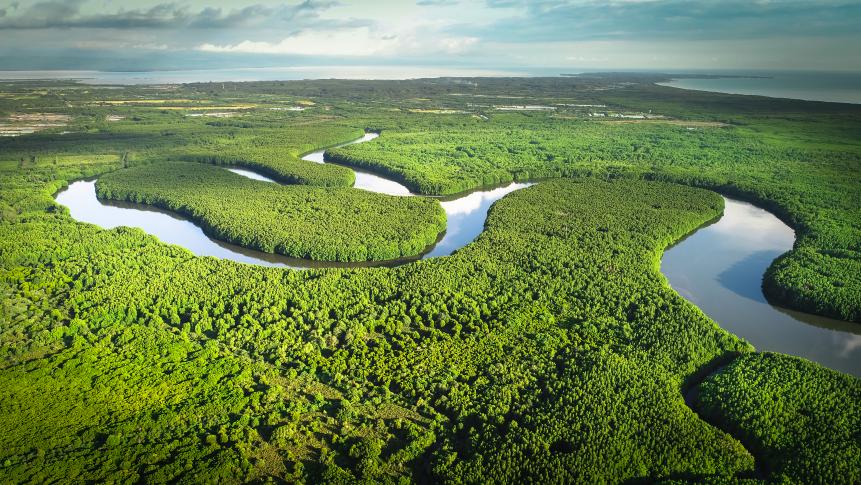
somnuk krobkum
River running through a mangrove forest.
A worldwide movement to plant more mangroves is now underway, as scientists’ understanding of their benefits deepens. Worldwide, mangroves are believed to reduce risk to more than 15 million people and prevent more than $65 billion in property damages each year, while they could save $50 billion in annual damages to the US economy.
"Mangroves are often under-appreciated, with most people not realizing their true value to the overall health of our communities and our entire planet," said Tod Hardin, COO of Plastic Oceans International.
If you want to get involved, organizations like SeaTrees are encouraging individuals to pay to plant mangroves, while EcoWatch organizes community-led mangrove planting initiatives, particularly in Florida, and the Mangrove Action Project is carrying out intensive preservation and restoration projects.









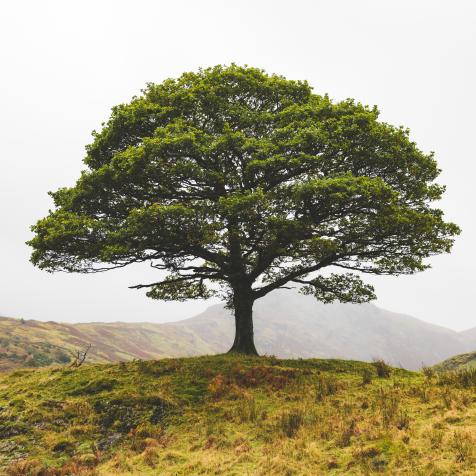
.jpg.rend.hgtvcom.476.476.suffix/1635892481978.jpeg)
